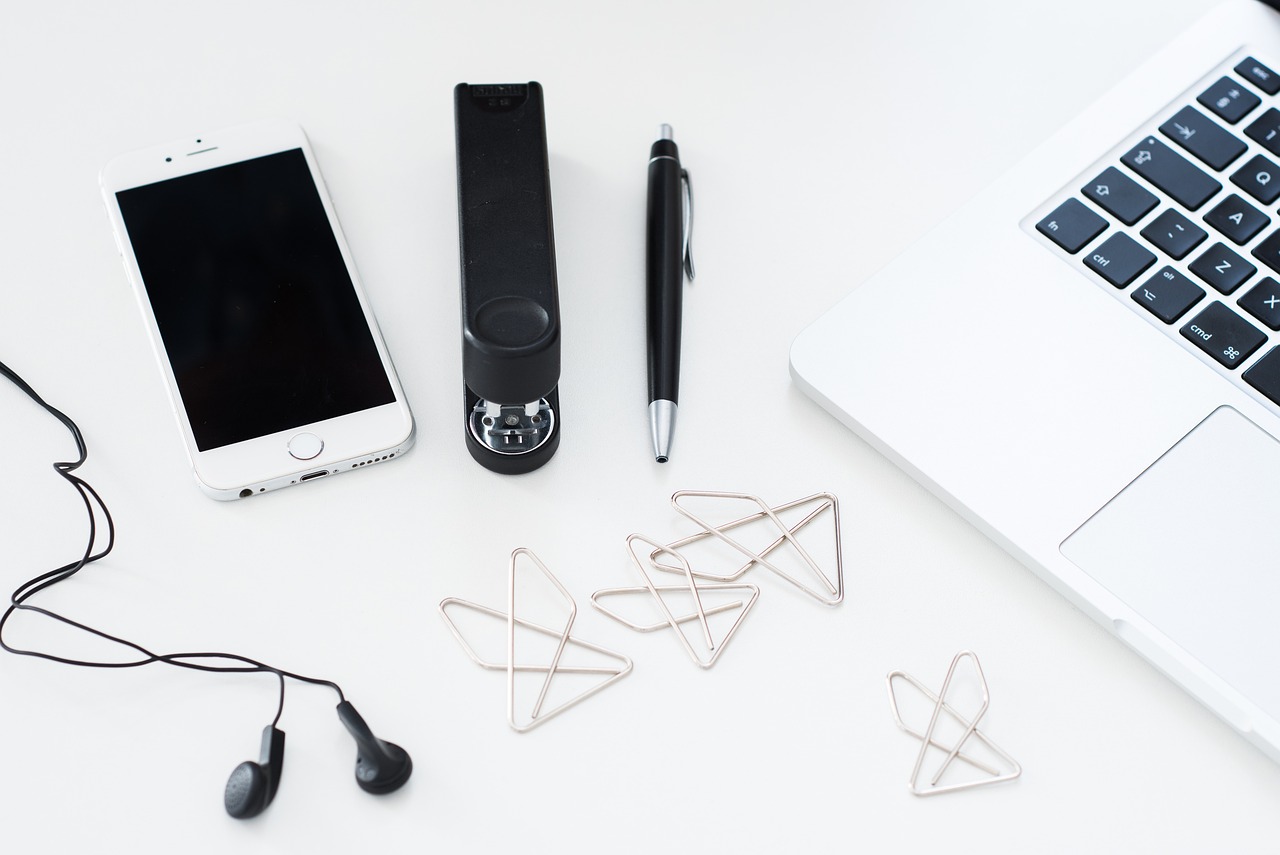Ready to ditch the blurry phone photos and step into the world of crisp, vibrant imagery? Whether you’re a budding photographer or a seasoned pro looking for an upgrade, choosing the right digital camera can feel overwhelming. This comprehensive guide will break down the essentials, exploring everything from camera types and key features to sensor sizes and lens options. Get ready to unlock your photographic potential and capture memories like never before!
Understanding Different Types of Digital Cameras
Choosing the right digital camera starts with understanding the different types available. Each type offers a unique blend of features, performance, and price points. Understanding your needs and photography style will help you narrow down your options.
Compact Cameras: Point-and-Shoot Simplicity
Compact cameras, often called point-and-shoot cameras, are designed for simplicity and portability. They are a great entry point for beginners or anyone looking for a camera that fits easily in a pocket.
- Pros:
Small and lightweight
Easy to use with automatic settings
Affordable
- Cons:
Smaller sensors often result in lower image quality in low light.
Limited manual controls
Less versatility with lenses
- Example: Canon PowerShot ELPH series is a popular choice for its user-friendliness and compact design.
Bridge Cameras: Bridging the Gap
Bridge cameras offer a “bridge” between compact cameras and DSLRs. They typically feature a fixed, long-zoom lens and more advanced features than point-and-shoots, making them a versatile option for travel and general photography.
- Pros:
Long zoom ranges in a single lens
More manual controls than compact cameras
Ergonomic design for comfortable handling
- Cons:
Sensor size is typically smaller than DSLRs or mirrorless cameras.
Fixed lens limits creative options.
- Example: Sony Cyber-shot DSC-HX400V offers a powerful zoom range and a variety of shooting modes.
DSLR (Digital Single-Lens Reflex) Cameras: The Classic Choice
DSLRs have been the workhorse of professional photography for years. They use a mirror system to reflect light into the viewfinder, providing a direct view of the scene.
- Pros:
Excellent image quality, especially in low light
Large selection of interchangeable lenses
Fast autofocus systems
Optical viewfinder for a clear view of the scene
- Cons:
Larger and heavier than other camera types
More complex controls can be intimidating for beginners
Mirror mechanism can create noise during operation
- Example: Nikon D850 is a high-resolution DSLR favored by professionals, while the Canon EOS Rebel series is a great entry-level option.
Mirrorless Cameras: The Modern Alternative
Mirrorless cameras are similar to DSLRs in that they have interchangeable lenses, but they lack the internal mirror system. This results in a smaller, lighter body and often offers advantages in video recording.
- Pros:
Smaller and lighter than DSLRs
Excellent image quality
Advanced video capabilities
Electronic viewfinder (EVF) with real-time exposure preview
- Cons:
Battery life can be shorter than DSLRs.
Electronic viewfinder can have lag in certain situations.
Lenses can sometimes be more expensive than DSLR lenses.
- Example: Sony Alpha series (like the a7 III or a6000) and the Fujifilm X series are popular mirrorless options.
Key Features to Consider
Beyond the type of camera, several key features significantly impact your photography experience.
Sensor Size: The Heart of Image Quality
The sensor is the heart of your camera. A larger sensor captures more light, resulting in better image quality, especially in low-light conditions, and greater dynamic range. Common sensor sizes include:
- Full-Frame: Offers the best image quality and dynamic range. Found in high-end DSLRs and mirrorless cameras. (e.g., Sony a7 series, Canon EOS R series)
- APS-C: Smaller than full-frame, but still offers excellent image quality. Common in mid-range DSLRs and mirrorless cameras. (e.g., Fujifilm X series, Sony a6000 series)
- Micro Four Thirds: Smaller than APS-C, but still provides good image quality in a compact body. (e.g., Olympus and Panasonic mirrorless cameras)
- 1-inch and smaller: Found in compact cameras and smartphones.
Megapixels: More Isn’t Always Better
Megapixels determine the resolution of your images. While more megapixels allow for larger prints and more cropping flexibility, it’s not the only factor affecting image quality. A high megapixel count with a small sensor can actually result in poorer image quality due to smaller pixels. Consider your intended use: 12-24 megapixels are generally sufficient for most everyday photography.
ISO Range: Shooting in Low Light
ISO refers to your camera’s sensitivity to light. A higher ISO allows you to shoot in darker conditions, but it can also introduce more noise (grain) into your images. Look for cameras with a wide ISO range and good noise performance at higher ISO settings.
Autofocus System: Capturing Sharp Images
A fast and accurate autofocus system is crucial for capturing sharp images, especially when photographing moving subjects. Look for cameras with a high number of autofocus points and advanced tracking capabilities.
- Phase Detection AF: Typically faster and more accurate, often found in DSLRs and some mirrorless cameras.
- Contrast Detection AF: More common in compact and mirrorless cameras, but can be slower than phase detection.
- Hybrid AF: Combines both phase and contrast detection for optimal performance.
Video Capabilities: Capturing Moving Moments
If you plan on shooting video, consider cameras with features like 4K recording, high frame rates, and image stabilization. Features like external microphone input and headphone jack can also be important for professional-quality video.
Lens Selection: Expanding Your Creative Horizons
The lens you use has a huge impact on the final image. Understanding different lens types and their applications is crucial for achieving your photographic goals.
Prime Lenses: Sharp and Fast
Prime lenses have a fixed focal length, meaning they don’t zoom. They often offer wider apertures (e.g., f/1.8, f/1.4) for better low-light performance and shallow depth of field, creating beautiful bokeh (blurred backgrounds).
- Example: 50mm f/1.8 “nifty fifty” is a popular and affordable prime lens.
- Benefits:
Sharper images
Wider apertures
Smaller and lighter than zoom lenses
Typically more affordable
Zoom Lenses: Versatile and Convenient
Zoom lenses offer a range of focal lengths, allowing you to zoom in and out without changing lenses. They are versatile for various shooting situations, from landscapes to portraits.
- Example: 24-70mm f/2.8 is a popular standard zoom lens.
- Benefits:
Versatility for various subjects
Convenience of a single lens
No need to change lenses in dusty or wet environments
Wide-Angle Lenses: Capturing Expansive Scenes
Wide-angle lenses have a short focal length (e.g., 16mm, 24mm) and are ideal for landscapes, architecture, and interiors. They capture a wide field of view, allowing you to fit more into the frame.
Telephoto Lenses: Bringing Distant Subjects Closer
Telephoto lenses have a long focal length (e.g., 70-200mm, 100-400mm) and are used for photographing distant subjects, such as wildlife, sports, and portraits.
Practical Tips for Choosing the Right Camera
Choosing the right camera is a personal decision that depends on your needs, budget, and photography style. Here are some practical tips to guide you:
- Determine your budget: Set a realistic budget before you start shopping. Factor in the cost of lenses, accessories, and memory cards.
- Identify your photography needs: What subjects will you be photographing? What is your skill level? Do you need a camera for travel, portraits, or action shots?
- Read reviews and compare specifications: Research different camera models and compare their features and specifications.
- Handle the camera in person: Visit a camera store and try out different models to see how they feel in your hand.
- Consider the lens ecosystem: If you’re buying a camera with interchangeable lenses, research the available lenses and their prices.
- Don’t be afraid to buy used: Buying a used camera or lens can save you money. However, be sure to inspect the equipment carefully before purchasing.
- Consider renting a camera before buying: This allows you to thoroughly test the camera in your intended shooting scenarios.
Conclusion
Choosing the perfect digital camera can seem daunting, but by understanding the different types of cameras, key features, and lens options, you can make an informed decision that will help you capture stunning images and unleash your creative potential. Remember to consider your budget, photography style, and specific needs when making your selection. Happy shooting!




